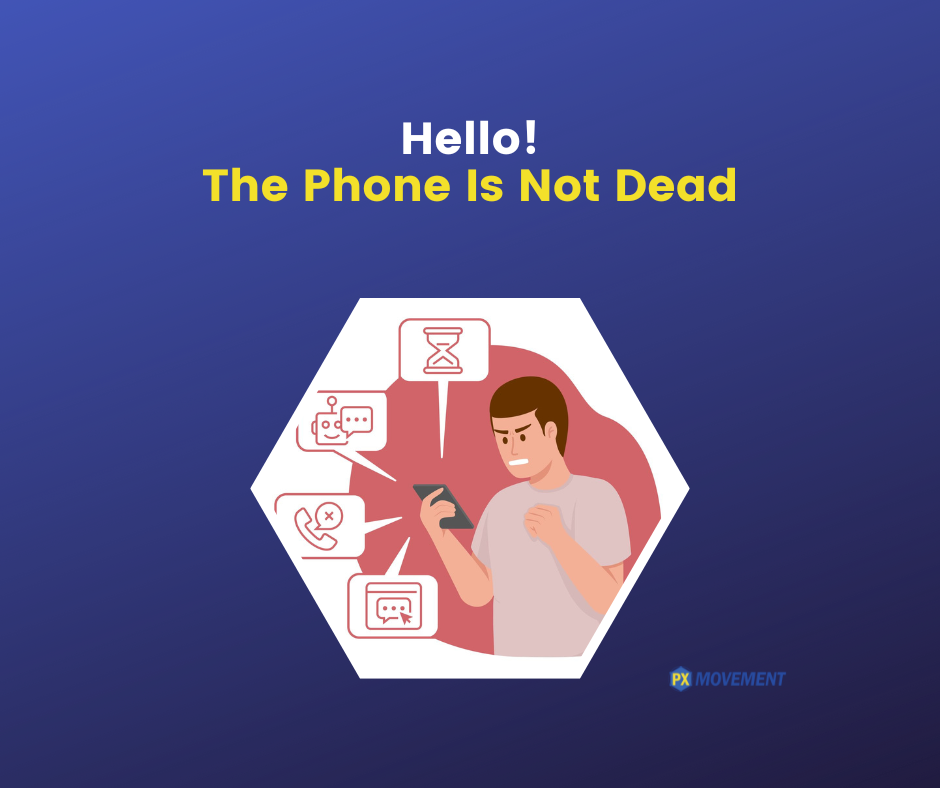Amidst all the trends in medical practices to create efficiency, the telephone seems like the easiest target. Starting with phone trees asking us to “press 1 if we want X, press 2 if we want Y,” this drive to better productivity is, in some ways, counterproductive.
We see this all the time when trying to contact a business. It’s becoming harder to get to a live human being, as documented in this recent Wall Street Journal article. Chatbots replacing people doesn’t work well for me; I always ask to be connected to an agent – a real, live person. Call me old-fashioned; I just feel better having someone help me solve a problem.
Don’t get me wrong; using OpenTable to make a restaurant reservation works well most of the time. The medical practice equivalent is being able to make an appointment online rather than being put on hold. That’s a nice improvement that creates a win for the patient and for the practice.
But in practices I work with that do this, I still recommend having a follow-up phone call with online bookers prior to the appointment. Why? Because it helps you form a bond with the patient that cannot be created in a digital, self-service environment.
Customer service guru John DiJulius noted that 85% of human interaction has been replaced by automation, from the self-service pump to the ATM to everything we can do and purchase online. This makes human connection all the more valuable.
When thinking about attracting more patients to your practice, the telephone is the true “first impression” made, as that interaction takes place before the arrival and greeting by your Director of First Impressions (insight #19 in Beyond Bedside Manner).
One practice I work with has seen a 10-point improvement in scheduling consult exams…all due to better phone skills by their team. (Drop me a note if you want to learn more about how this was accomplished).
Don’t shortchange the value of outstanding telephone skills and what they can mean to your new patient volume. The telephone is far from dead as a patient communication tool. It is alive and well. And when properly managed, it can be the best way to introduce people to your practice and set the stage for a great patient experience.

